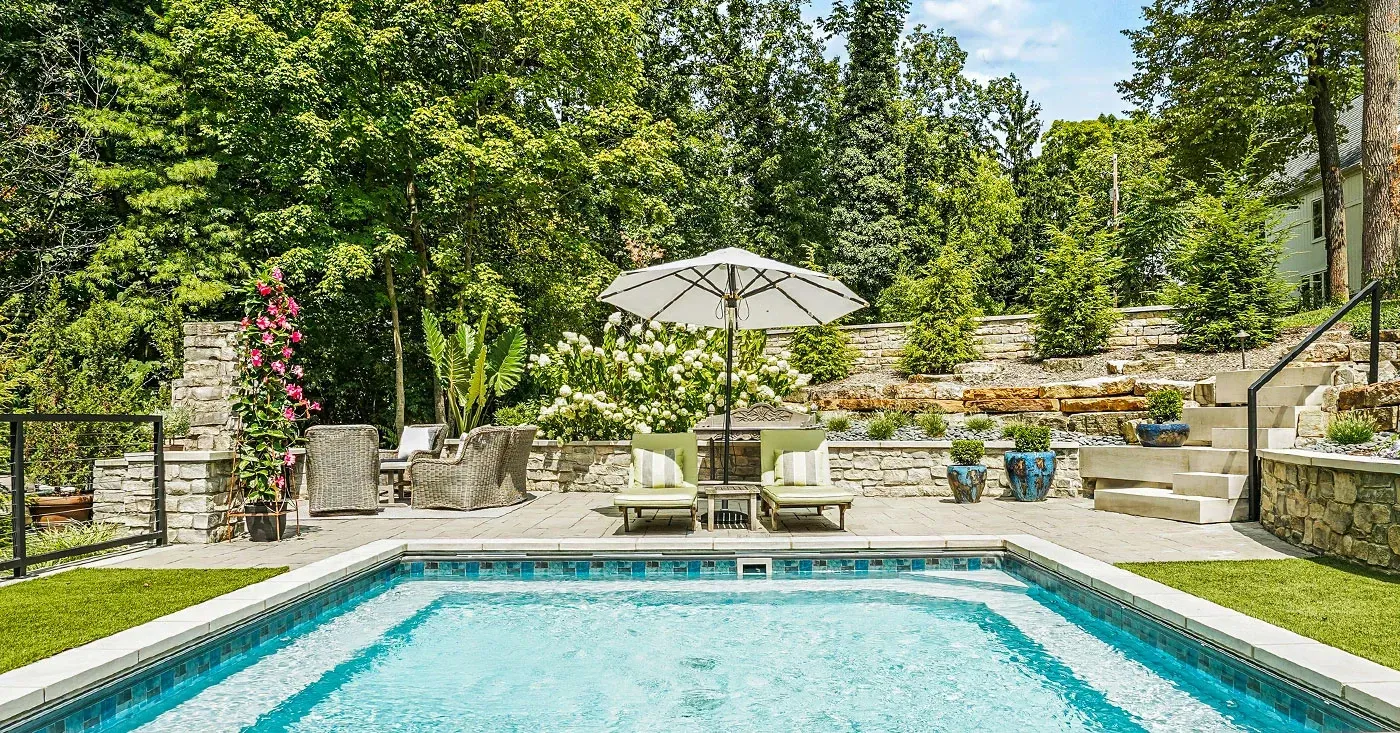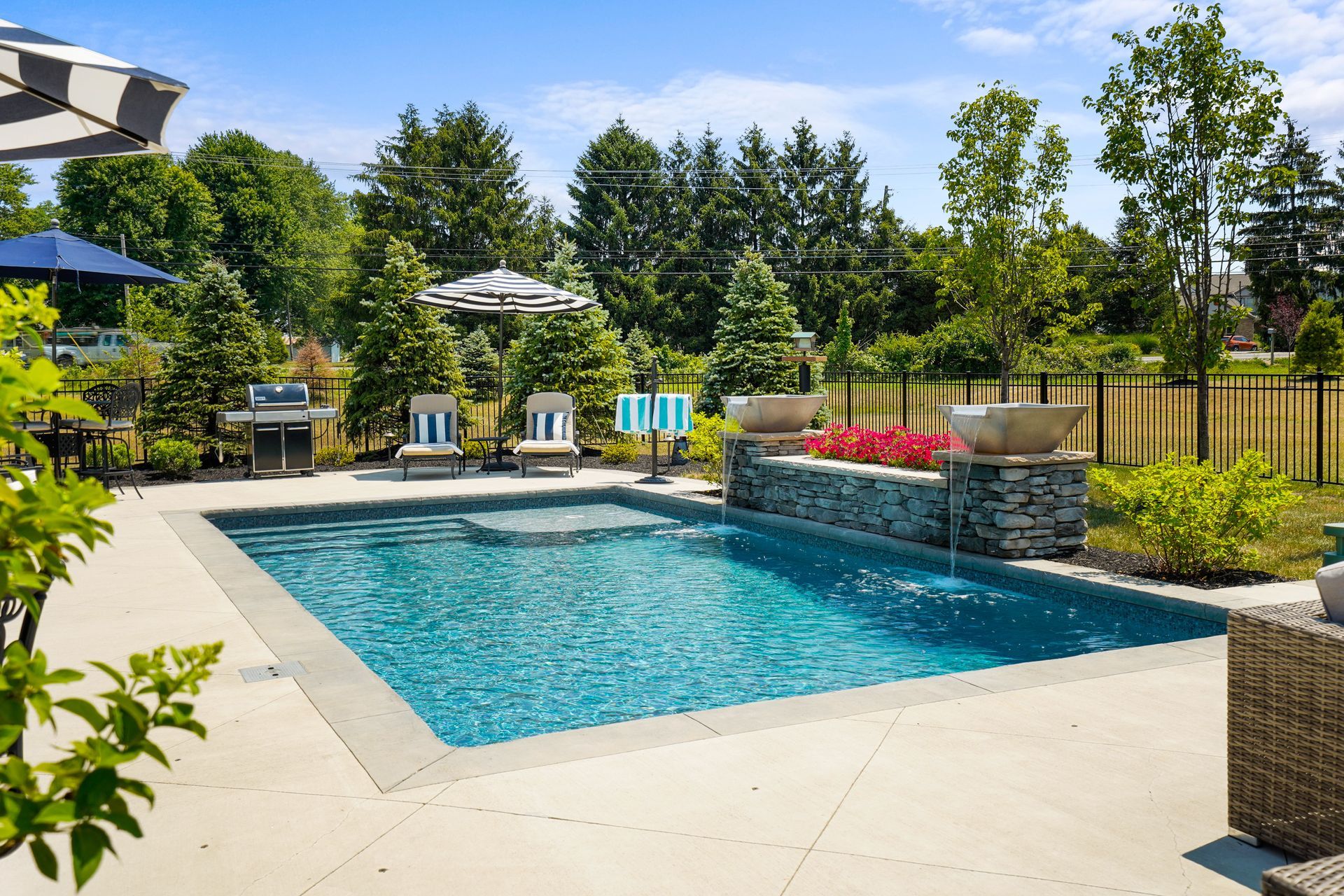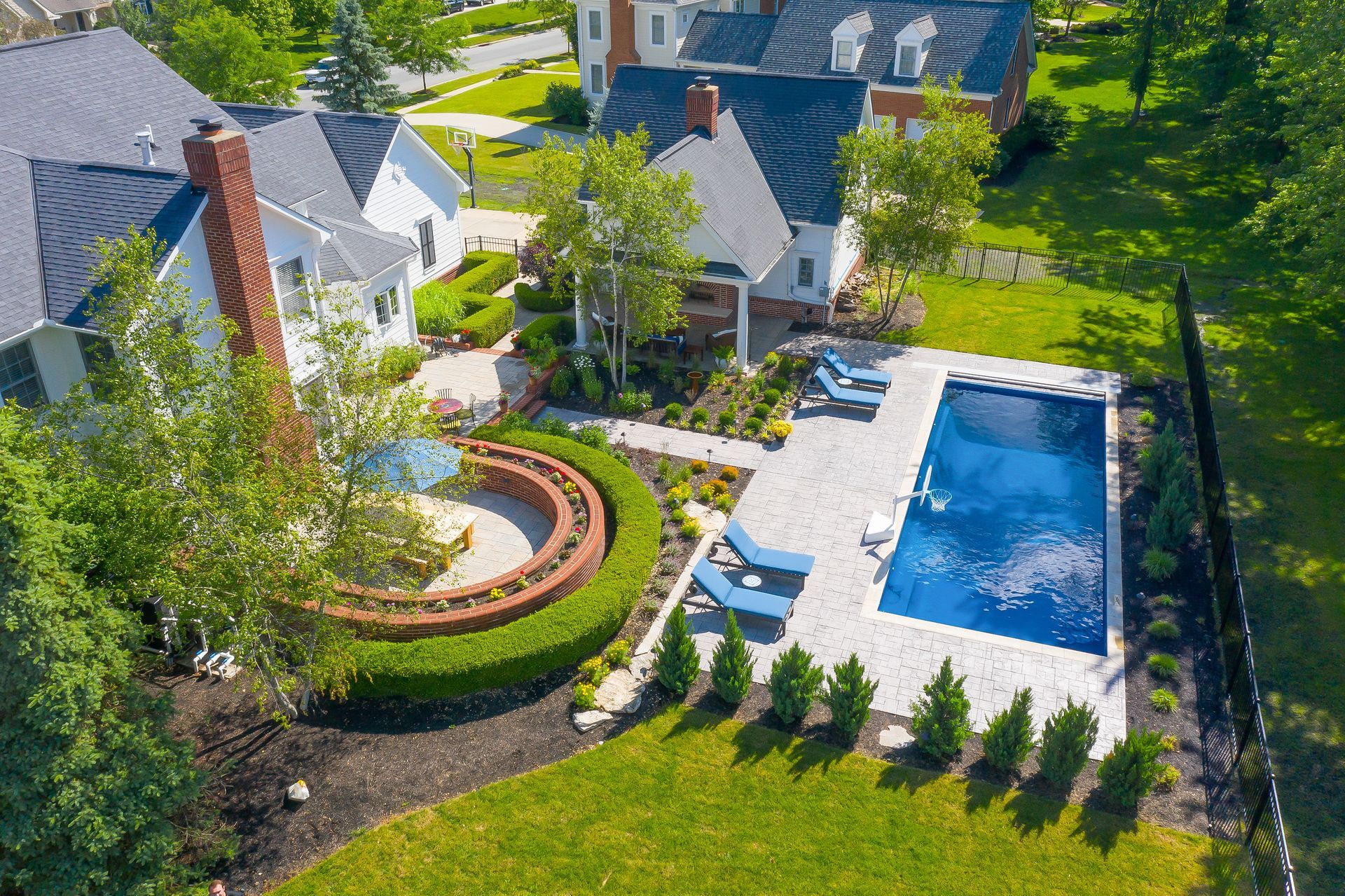How to Have Green Landscaping

If you are planting flowers and trees in your backyard, you might assume that you’re doing something good for the environment. While that very well may be the case, some of the landscaping practices that homeowners take part in can actually have a detrimental effect. If you are looking for green landscaping alternatives, you may have switched from harmful fertilizers to more natural types, such as organic manure, and have also probably cut out harmful insecticides as well.
In addition to these measures, however, is there more you can do to reduce your carbon footprint through your landscaping choices? Yes, there is! Here are some tips on green landscaping to keep in mind:
When it comes to green landscaping, taking care to use items and plants that you already have, as well as materials that have been used before, is a great first step. In addition, take advantage of the natural qualities of both your plants and trees and the environment and your climate.
Consider Your Climate
Where you live will have a big effect on the types of plants that you should be planting as well as how certain landscaping techniques will work. For example, if you live in the desert, then planting trees that require a lot of water isn’t going to be very environmentally friendly.
On the other hand, if you live in an area that gets a lot of rain in the summer, these same plants may do very well with very little intervention on your part. The best way to figure out what to plant is to consider what grows natively in your area. If you can find it in the forest, then it will likely do well in your backyard without the use of harmful fertilizers and other chemicals.
Use Plants and Trees as Natural Shade and Windbreaking
As you design your garden, you’ll want to use the trees to your advantage. For example, if the summer sun is strong where you are, planting trees where they can shade the southern side of your home will help keep it cooler during the hot afternoons. This can reduce the amount of air conditioning (and electricity!) that you use to keep your home comfortable.
If you are in an area with cold winters, then using evergreen trees to break up the wind headed toward your home can have the opposite effect in keeping your home warmer in the winter, reducing your oil, electricity or natural gas consumption. Planting shrubbery around the perimeter of your home can help provide a layer of insulation which will keep your house cooler in the summer and warmer in the winter.
Choose Green Landscaping Materials
Your landscape is made up of more than just trees, flowers and grasses. As you choose hard materials for your garden, walkways and other areas of your landscape, remember that using recycled materials is usually better than using new materials. If you want to use stones, look for a company who uses stones gathered inland rather than those gathered near the water.
Recycled concrete is more eco-friendly than new concrete, as not only does it help keep old concrete out of landfills, but it doesn’t require the process needed to make concrete in the first place. Avoid treated wood products if you can; if you need to use wood mulch, avoid the type that is artificially dyed.
Use Solar Power
Finally, when picking out lighting for your front and back yards, utilize the sun whenever possible. Solar powered lights won’t raise your electric bill. Of course, they won’t be as bright as electrical lights, and won’t be as effective during the winter and periods of cloudiness and rain, so a combination of solar lights and traditional lights will probably be necessary.
When it comes to green landscaping, taking care to use items and plants that you already have, as well as materials that have been used before, is a great first step. In addition, take advantages of the natural qualities of both your plants and trees and the environment and your climate.
OMNI LEARNING CENTER
RECENT POSTS



